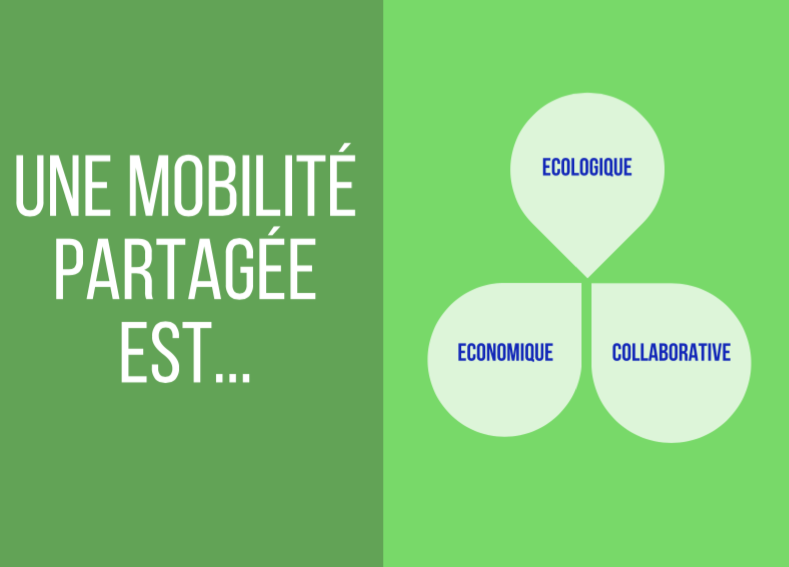Shared mobility is a means of transport in which one of the pillars is the collaborative aspect on the one hand, and sustainable on the other. Sustainability has three important dimensions: social, economic and ecological. This is the meeting point between these three considerations. Thus, shared mobility, by its sustainable aspect, is in line with companies' desire to promote sustainable means of transport.
In this article, we will discuss different examples of means of transport within the framework of shared mobility and see how it supports sustainable development in a relevant way.

Did you know about "free floating"? This is a new way of managing mobility. Whether by scooter, bicycle or car, Free Floating is a concept in which vehicles are in self-service and above all, in the absence of any bollard. In this context, users use NFC technology or QR Codes to unlock their vehicles. But before the arrival of this technological marvel, self-service vehicles were equipped with terminals.
Self-service vehicles are perfectly suited to a shared mobility perspective. The first to date were bicycles. More and more large cities have now adopted self-service bicycles. Although private companies were responsible for managing the supply of self-service bicycles, city governments were playing a major role in the development of this new trend. After the bicycles arrived, the cars soon pointed to the end of their hood.
Now available in Free Floating in some cities, many large cities have given their blessing in the development of self-service cars. The overwhelming majority of these cars are electric.
Shared parking has a prominent place in the world of shared mobility. We all have in mind the image of the driver driving around the neighbourhood several times to find his place. In order to overcome this problem, some companies have decided to improve the parking experience.
To do this, there are intelligent parking solutions that allow any company or parking owner to rent their vacant parking spaces. It is also possible, via these parking management platforms, to rent car parks for its employees. This is the case with BePark, which also makes it possible, thanks to its platform, to make the management of its car parks more fluid. Whether you are a company, a manager or a car park owner.
On the subject of shared mobility, we advise you to read this article on science and the future. This one is very informative!
The above examples will be examined from a social, economic and environmental perspective.
Since a self-service bicycle or car is used by several people on the same day, this type of mobility has a collaborative aspect. The same applies to shared car parks. This allows the vehicle or parking space to benefit as many people as possible. This is why the notion of sustainable development is often accompanied by a "solidarity" dimension.
When you buy your vehicle, it comes with maintenance and parking fees. Or, if you have a vacant parking space, it costs you money. Shared mobility makes it possible to amortize a vehicle or parking purchase. It also makes it possible to optimize and enhance the value of your assets or those of your company. In addition, it is in the interest of companies putting self-service vehicles into service to opt for resistant vehicles, thus freeing them from programmed obsolescence.
Shared mobility makes it possible above all to reduce polluting emissions. In most cases, self-service vehicles are electric. In addition, cycling is recognized as an environmentally friendly means of travel. If we consider the time spent searching for parking spaces and the fact that we multiply by millions of people pursuing the same unbridled quest every day, we end up with a considerable carbon footprint. This is also what smart parking solutions like BePark offer: they make it possible to find more spaces, optimise vacant spaces and make traffic more fluid.